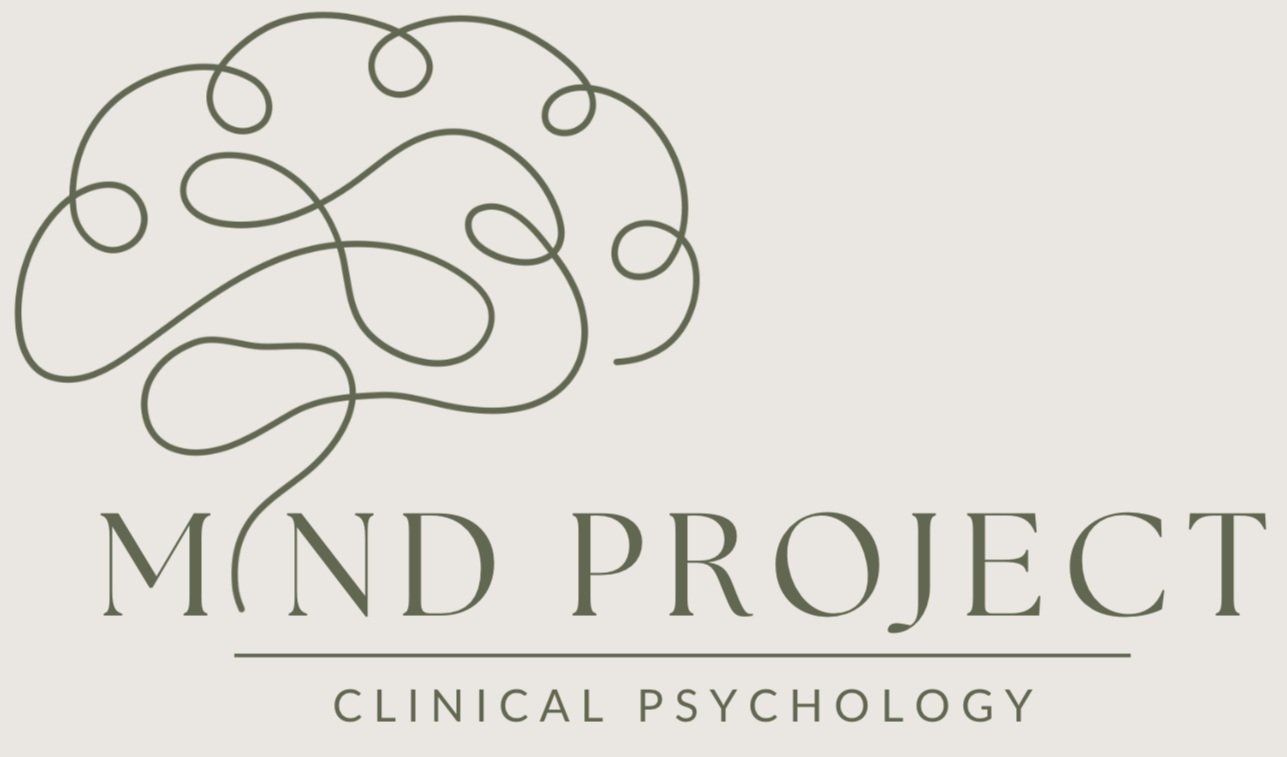Cognitive Challenging: How to Reframe Problematic Thoughts
“You have power over your mind—not outside events. Realise this, and you will find strength.”
(Meditations, Book 6.8)
Our thoughts have a powerful impact on how we feel and behave. When we get caught up in negative bias or negatively skewed thinking (aka stinking thinking), it can lead to distress and drive unhelpful behaviours.
But here’s the good news—thoughts are not facts, but merely our brain’s interpretation of the facts.
Cognitive Challenging is a practical way to question unhelpful thoughts and shift to a more balanced mindset (Edelman, 2013). Instead of letting emotions dictate our actions, we can learn to check whether our thoughts are accurate, helpful, and based on reality. It’s not about forcing ourselves to “think positive” but about being flexible and seeing things from different perspectives.
Follow me as I explain the 3 C’s of Cognitve Challenging: Check, Challenge, and Change—a simple but effective way to break free from unhelpful thought patterns.
The 3 C’s of Cognitive Challenging
Step 1: Check the Thought
When we’re feeling upset, anxious, depressed, angry, guilty, shameful or tempted to engage in a problematic behaviour, our minds flood with thoughts. Some of these are fleeting and perhaps minour in impact, but others hit hard—these are known as “hot” thoughts.
A hot thought is the one that feels the most intense and believable in the moment. It’s the one that causes the most distress.
And here’s a big tip: it’s often not entirely accurate. In fact, it’s often complete BS.
When distressed, try this exercise:
Pause and take a moment to notice your thoughts.
Identify the hot thought—the one that’s causing the most distress.
Rate how much you believe this thought, from 0% (not true at all) to 100% (completely true).
Example:
"My friend hasn’t replied to my message. They must be mad at me."
Belief rating: 90%
Step 2: Challenge the Thought
Now that we’ve identified the hot thought, it’s time to put it to the test. Our emotions often make us believe our thoughts are absolute truths, but this isn’t always the case.
Ask yourself:
What is the evidence for and against this thought?
Is this thought helpful, or is it making me feel worse?
What’s the worst thing that could happen? The best? The most likely?
If the bad outcome did happen, could I cope with it?
Is this the only possible explanation, or are there other ways to look at it?
If a friend had this thought, what would I say to them?
Will I see this situation differently in ten years?
Example:
"My friend hasn’t replied to my message. They must be mad at me."
Evidence for: They usually reply quickly.
Evidence against: They could be busy. Their phone might be on silent. I don’t actually know that they’re mad.
Is this thought helpful? No, it’s making me anxious.
What’s the most likely outcome? They’ll reply later when they’re free and be completely fine.
What would I tell a friend with this thought? “Not everyone replies instantly—it doesn’t mean they’re upset with you.”
Step 3: Change the Thought
Once we’ve challenged the thought, we can replace it with a more balanced, realistic, and evidence-based perspective.
The goal isn’t to trick ourselves into believing something overly positive—it’s simply to step back from extreme thinking and find a more helpful, rational interpretation.
Example of a balanced thought:
"My friend hasn’t replied yet, but they’re probably busy. There’s no real evidence that they’re mad at me."
Now, re-rate how much you believe the original hot thought. If you believe it less, I can guarantee you’ll feel better.
Example:
"My friend hasn’t replied to my message. They must be mad at me."
Belief rating before: 90%
Belief rating after: 30%
Over time, practising this process teaches the brain to respond more flexibly to distressing thoughts, reducing undue distress and improving emotional resilience.
Final Thoughts
Cognitive Challenging is a skill that takes practice, but it can make a huge difference in how we think, feel, and respond to stressful situations. By checking, challenging, and changing our thoughts, we can break free from rigid thinking patterns and approach life with greater clarity and confidence.
If you find yourself frequently struggling with distressing thoughts, try using the 3 C’s as a daily practice. Over time, like all things, it will become second nature.
Next Steps:
If you’re struggling with negative thinking, consider booking a session with one of our experienced clinical psychologists.
Check out our free CBT worksheets, including the 3 C’s of Cognitive Challenging.
Remember—thoughts are not facts, and you have the power to change them.
